$PYUSD $BTC #PayPal #Stablecoin #Blockchain #Finance #Crypto #LayerZero #DigitalCurrency #BankingInnovation #DeFi #Fintech
Could PayPal’s PYUSD Revolutionize Banking as We Know It? Find Out How!
In recent developments surrounding PayPal’s news, the company has made significant strides in expanding its stablecoin, PYUSD. Leveraging the capabilities of LayerZero, this stablecoin now operates seamlessly across nine new blockchain networks. This transformation positions PYUSD as a formidable contender in the evolving landscape of digital finance and online transactions.
The Evolution of PYUSD: From Concept to Reality
PayPal launched PYUSD to facilitate transactions with the speed and efficiency that traditional banking often lacks. By integrating with LayerZero, PayPal enhances its stablecoin’s interoperability, allowing it to function across multiple decentralized networks. This move not only broadens the use cases for PYUSD but also provides users with unparalleled flexibility in managing their digital assets.
As a result, PYUSD can now engage with various decentralized finance (DeFi) platforms, which empowers users to explore new financial opportunities. The collaboration with LayerZero underscores PayPal’s commitment to innovation and positions its stablecoin as a viable alternative to traditional banking solutions.
The Benefits of Interoperability in the Digital Age
One of the most compelling advantages of PYUSD’s expansion across these blockchains is interoperability. Users can now transact in PYUSD without being confined to a single network, thereby reducing transaction costs and increasing efficiency. This development is particularly significant for businesses and consumers who rely on quick and cost-effective payment solutions.
Moreover, the ability to operate on multiple networks could facilitate cross-border transactions, making it easier for international businesses to engage with clients and suppliers. As digital currencies gain traction globally, the demand for versatile and efficient payment systems will only increase.
Challenges Ahead: Can PYUSD Overcome Them?
Despite these promising advancements, challenges remain. The regulatory landscape for cryptocurrencies and stablecoins is still evolving, and PayPal must navigate these complexities to ensure compliance. Additionally, competition is fierce in the stablecoin market, with various players vying for dominance. For PYUSD to establish itself as a leader, it must continuously innovate and adapt to the changing needs of its users.
The Future of Banking and PYUSD’s Role
As the financial industry undergoes a technological transformation, the role of digital currencies like PYUSD could become increasingly prominent. By allowing users to transact without traditional banking intermediaries, PYUSD has the potential to reshape how we think about money. The convenience and efficiency of digital currencies could lead to a paradigm shift in consumer behavior and business practices alike.
In this context, PayPal’s efforts to enhance its stablecoin’s capabilities are not merely a response to market trends; they are a proactive step toward redefining the future of finance. As PYUSD continues to expand its reach and functionality, it may well lead the charge in the next wave of banking innovation.
For those interested in exploring further developments in the world of cryptocurrency, consider visiting this page for comprehensive insights and updates. Additionally, if you’re looking to engage with cryptocurrency trading, check out Binance’s platform for a user-friendly trading experience.
In conclusion, PayPal’s PYUSD is on the brink of a significant evolution, driven by technological advancements and a commitment to expanding its utility. As it breaks free from traditional banking constraints, the implications for consumers and businesses alike could be profound. The financial world is watching closely as PYUSD ventures into uncharted territories.

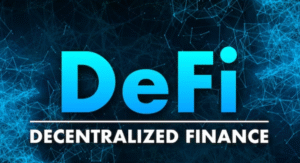

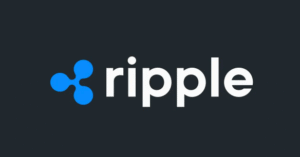
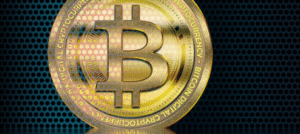
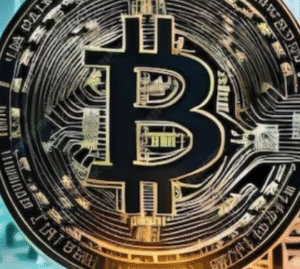
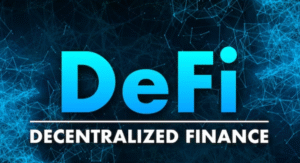

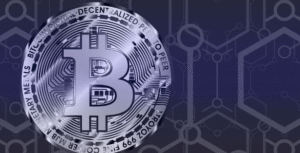
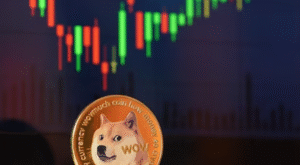
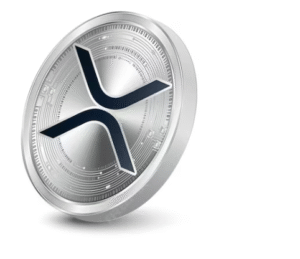
Comments are closed.